John Fragomeni, President of Mirada, has been with the studio since its inception in 2010 and oversees all aspects of the studio’s diverse portfolio and developing technology. Most notable of his feature film visual effects credits include the PIRATES OF THE CARIBBEAN franchise and TERMINATOR SALVATION, which he supervised while at Asylum. He has also worked on commercial projects for some of the biggest Fortune 500 companies – as a Director and as a VFX Supervisor – and served as Head of Visual Effects at Motion Theory (MTh).
Zach Tucker has supervised countless teams of artists and worked alongside world-class directors for films such as G-FORCE, THE SEEKER: THE DARK IS RISING, DÉJÀ VU and APOCALYPTO. As a Visual Effects Supervisor at Mirada, he brings extensive technical expertise to high-profile feature film and advertising projects, including work for Expedia, Tide, Centrum, and a Super Bowl spot for Wrigley’s “5 Gum.” Tucker has also worked for Digital Domain and Asylum.
What is your background?
Zach Tucker – Visual Effects Supervisor // I started as an intern during college at Digital Domain as part of the 3D tracking department in 1997. I moved on to effects animation, previs and lighting from there. After 5 years at DD, I headed to New Zealand and worked on 2 of the LORD OF THE RINGS films. Next was Asylum in 2004, where I began to work on pipeline tools and supervise my own shows. When Asylum shut down I spent 6 months at Radium before landing at Mirada, where I’ve been for the last 2 years.
Can you explain more about Mirada Studio?
John Fragomeni – President of Mirada and Senior Visual Effects Supervisor // Mirada is a studio designed for storytellers. Founded by filmmaker Guillermo del Toro, cinematographer Guillermo Navarro, and Motion Theory co-founders Javier Jimenez and director Mathew Cullen, is equal parts design studio, visual effects & animation facility, creative & technology incubator, development and production company. Mirada opened in December of 2010.
Mirada’s 25,000 sq/ft studio in Marina del Rey is home to more than 180 designers, visual artists, technicians, supervisors, art directors, editors and producers. Since opening it’s doors Mirada has gone from strength to strength, producing and finishing commercial sand music video’s, developing app’s and interactive content, partnering with studio’s on concept development for feature films, creating beautiful installations, creating creatures and designing VFX for television and features, the most recently creating the ‘Prologue’ sequence for PACIFIC RIM.
Can you tell us in details about the concept and preproduction process?
John Fragomeni – President of Mirada and Senior Visual Effects Supervisor // Part of our process was that we set up our own PACIFIC RIM war room. We covered the room in concept art, storyboards and pulled a ton of research in the form of stills and video references and created streams of events and story points to inspire, drive and build a historical narrative and mythology. From there we started to craft our story, this was an ever evolving process, right up until delivery.
Mirada has been with the PACIFIC RIM film project right from the very beginning of the conceptual development of the film, even prior to the film being green lit. So we were excited to be working on the film and specifically involved in crafting the storytelling and visual effects for the prologue sequence.
How did you approach the Prologue?
John Fragomeni – President of Mirada and Senior Visual Effects Supervisor // Our brief from Guillermo was to create a story prologue that happens right after the opening few images. The prologue needed to focus on the 5 years of the war, all condensed into 2 minutes. Mirada co-founder and director, Mathew Cullen, led our creative effort for this and he and our core team worked very closely with del Toro in shaping this story. How we approached this was unique and we all took it very personally to deliver something that we would be proud of.
Part of that brief was that… GdT didn’t want this to look like the rest of the film. He wanted a really gritty, visceral, almost docudrama found footage quality to the visuals for the sequence. The impossible had to feel and appear rational and seed this fictional experience as reality into the audience’s minds. This sequence had to touch on the unimaginable and make it plausible but needed to tell a very succinct story of the effects of the alien invasion and war that covered the social, political, economic, religious and environmental impact on the world.
This sequence was a challenging undertaking by nature of the style of storytelling, nearly every shots was a one off and we had more than 40 unique CG scenes and associated builds, all that required articulate development and VFX execution. One scene was even built completely from scratch in CG.
What indications and references did you received from Guillermo del Toro?
Zach Tucker – Visual Effects Supervisor // In addition to his guidance on the prologue’s narrative, we also received many concept drawings of Jaegers and Kaiju, production sets and misc. props. These were instrumental in guiding the development of our assets. Our prologue fills a 7 year gap between present day and the rest of the film. Our world had to have elements of existing technology, which may have been used to build the first Jaegers, and more advanced tech that would have been developed during that 7 year span.
Can you tell us more about the shooting of the various locations?
Zach Tucker – Visual Effects Supervisor // We shot in Thailand, Manila, Germany, Washington D.C., San Francisco and Los Angeles. The critical requirement for our locations was that they needed to double (if not triple or quadruple) as many different locations around the world. The narrative of the prologue is far reaching, covering different walks of life and how they may have been affected by a global catastrophe like this. Our splinter unit had some very busy days, each hour of the shoot was very different from the next, often times covering 6 or more completely different setups in a day.
How did you setup the VFX pipeline with so many Jaegers and Kaijus?
Zach Tucker – Visual Effects Supervisor // Since Mirada is a fairly new studio, we had the opportunity to further develop our pipeline as we began to build assets for the show. Our creature pipe had already been established on our work for the Munsters pilots and various commercial projects. However as John mentioned our work-scope was diverse and demanding. I worked with Eddie Offerman (Pipeline Architect), Julian Sarmiento (CG Supervisor), Andrew Ashton and Mark Renton (Compositing Supervisors) to shape the tools to handle the heavy requirements of character work. Despite our shots being brief, we still had to fully model, rig and texture and light our Jaeger’s and Kaiju. If our assets didn’t hold up on screen, the audience may have been pulled out of the story before it even got started.
Can you describe one of your typical day?
Zach Tucker – Visual Effects Supervisor // I can’t really say I had a typical day. From one moment to the next I would be supervising artists working on an aircraft carrier carrying a Kaiju carcass and then move on to shooting extras on our stage. Our shots were incredibly varied, which required our workflow and team to be nimble. Fortunately, our pipeline and process at Mirada is robust and flexible. It was great to be able to take on such a wide range of challenges and have them all strung together into one cohesive piece.
How was your collaboration with VFX Supervisor John Knoll?
Zach Tucker – Visual Effects Supervisor // John Knoll was present during our cineSync reviews with Guillermo del Toro. All 3 parties, Guillermo, John Knoll and the Mirada team, were able to collaborate often to ensure that our work met the epic visual standards the film demanded. Both John Knoll and Guillermo are masters of their craft. Every review with them was an opportunity to take something away, both creatively and technically.
Can you tell us more about the animation challenge?
Zach Tucker – Visual Effects Supervisor // Our prologue is very early in the film, the only character you’ve seen at that point is the San Francisco Kaiju. It is the audience’s first glimpse of Jaegers, as well as two new Kaiju. Guillermo made it clear that he wanted the prologue to be just the right amount of eye candy to get the audience psyched for the body of the film without spoiling it. This required some finicky documentary style digital camera work and animation in several shots to help make them look like “found footage”, but still feel epic in scale.
How did you manage the lighting aspect?
Zach Tucker – Visual Effects Supervisor // All of our characters and props were lit in V-Ray. Our effects were rendered in Houdini’s Mantra. Most of our shots required CG work integrated with live action, so we used a fairly traditional approach of capturing HDRIs on set and using them as a base for our lighting. Our all-CG shots were lit by hand in Maya, so we had the opportunity to DP some shots on our own, which is always fun!
How did you create the mass destruction for the Prologue?
Zach Tucker – Visual Effects Supervisor // Mirada’s mass destruction was primarily achieved with 3D matte paintings and clever location scouting, by Mathew Cullen, whom led our creative effort in designing the story. Our splinter unit was small in comparison to the film so we had to be frugal with our work, finding locations that provided a solid base for the chaos. One example is a fallen Jaeger shot, a giant blue robot in the middle of a destroyed city. We found a location in Thailand where construction crews gathered materials from razed structures. It was piles of cement posts and miscellaneous objects strewn out over several thousand square meters, perfect material to act as the foreground of a city in turmoil. We then extended the set digitally, adding our fallen Jaeger and a ruined city in the background.
There are many different video aspects. How did you handle this part?
Zach Tucker – Visual Effects Supervisor // Everything we shot, probably 85% of the prologue, was shot on Red Epic and we had full control over the composition and format. The rest was mixed media. Format (and overall image quality) was definitely a consideration when selecting that footage. You may locate the perfect clip to tell a particular story but find it’s NTSC standard definition from 1980 that looks like garbage when you blow it up to a 30 foot cinema screen. Getting the right clips in at least HD was ideal, and even then we often had to clean up the footage to bring back detail and clarity.
Can you tell us more about the cineSync sessions?
Zach Tucker – Visual Effects Supervisor // Each cineSync session was populated with about a dozen folks. On the Mirada side, we had myself, Mathew, John, the team leads and the production staff. At Warner Bros., we had Guillermo and his crew. From up North, we had John Knoll. It was a great experience being able to get such direct and clear feedback from Knoll and del Toro despite the fact that we were all spread out.
What was the most challenging aspect with the Jaegers and the Kaijus?
Zach Tucker – Visual Effects Supervisor // We got very intimate with our characters and assets. It would have been easy to get really detailed and build out every nut and bolt of each Jaeger, and every tooth and wrinkle on the Kaiju. The challenge was knowing when to stop. Since these characters were one-offs, you may not ever see all sides of a given asset, so we would build out as much as we could prior to having the plates or knowing the final composition. Since some of our locations couldn’t be secured until we were well into production, the trick was knowing when to stop down on something, maintaining momentum elsewhere and picking it back up again months later when we had the plates. We achieved this by having a passionate team with multiple skill sets.
Was there a shot or a sequence that prevented you from sleep?
Zach Tucker – Visual Effects Supervisor // Huge, wide angled shots of dead Jaegers mangled by Kaiju. Staying focused on that level of detail, mixing plate photography, CG models and textures, matte painting details on the robot as well as fully painted backgrounds makes for some long nights. There were lots of elements to make from scratch in those shots, and with minimal camera movement in broad daylight, there was no place to hide anything.
What do you keep from this experience?
Zach Tucker – Visual Effects Supervisor // Having a team with leads and artists that can adapt quickly to different tasks is indispensable. We had some unique challenges on this project and our crew handled it very well.
How long have you worked on this film?
Zach Tucker – Visual Effects Supervisor // I started on the project in February of 2012 and we finished a year later in February of 2013. Mathew Cullen, John Fragomeni, and few of the artists were involved a year prior to that during the initial conceptual push with Guillermo, when Mirada did a really fantastic little animatic for Guillermo’s presentation to Warner Bros, prior to it being green lit.
What was the size of your team?
Zach Tucker – Visual Effects Supervisor // Overall I think almost 80 people at Mirada touched this project. Once we got plates and began shot production, we had a steady team of about 40-45 people for 5 months.
John Fragomeni – President of Mirada and Senior Visual Effects Supervisor // By the nature of requirement, this sequence brought together many artistic and technical disciplines to be able to deliver this story. Mirada is unique in that sense, as a studio we are able creatively incubate projects from concept and take it right through to delivery of the finished visual effects.
We had a diverse team involved in the prologue and everyone involved was essential to its success. The Mirada creative group was lead by Mathew Cullen, alongside him was myself John Fragomeni Snr. VFX Supervisor, Zach Tucker VFX Supervisor, Art Director Daryn Wakasa, VFX Producer Alison O’Brien, CG Supe Julian Sarlmiento and Composite Supes Andrew Ashton and Mark Renton, Rigging Lead Emmanuel Druckman, but there was many talented animators, conceptual artists, modelers, designers, compositors, texture artists, lighters, matte painters, and editors, that made a huge contribution to this wonderful sequence.
What are the four movies that gave you the passion for cinema?
Zach Tucker – Visual Effects Supervisor // TOP GUN, JURASSIC PARK, ALIENS and FERRIS BUELLER’S DAY OFF. A child of the 80’s in America.
A big thanks for your time.
// PACIFIC RIM – BEFORE & AFTER – MIRADA STUDIOS
// WANT TO KNOW MORE?
– Mirada: Dedicated page about PACIFIC RIM on Mirada website.
© Vincent Frei – The Art of VFX – 2013

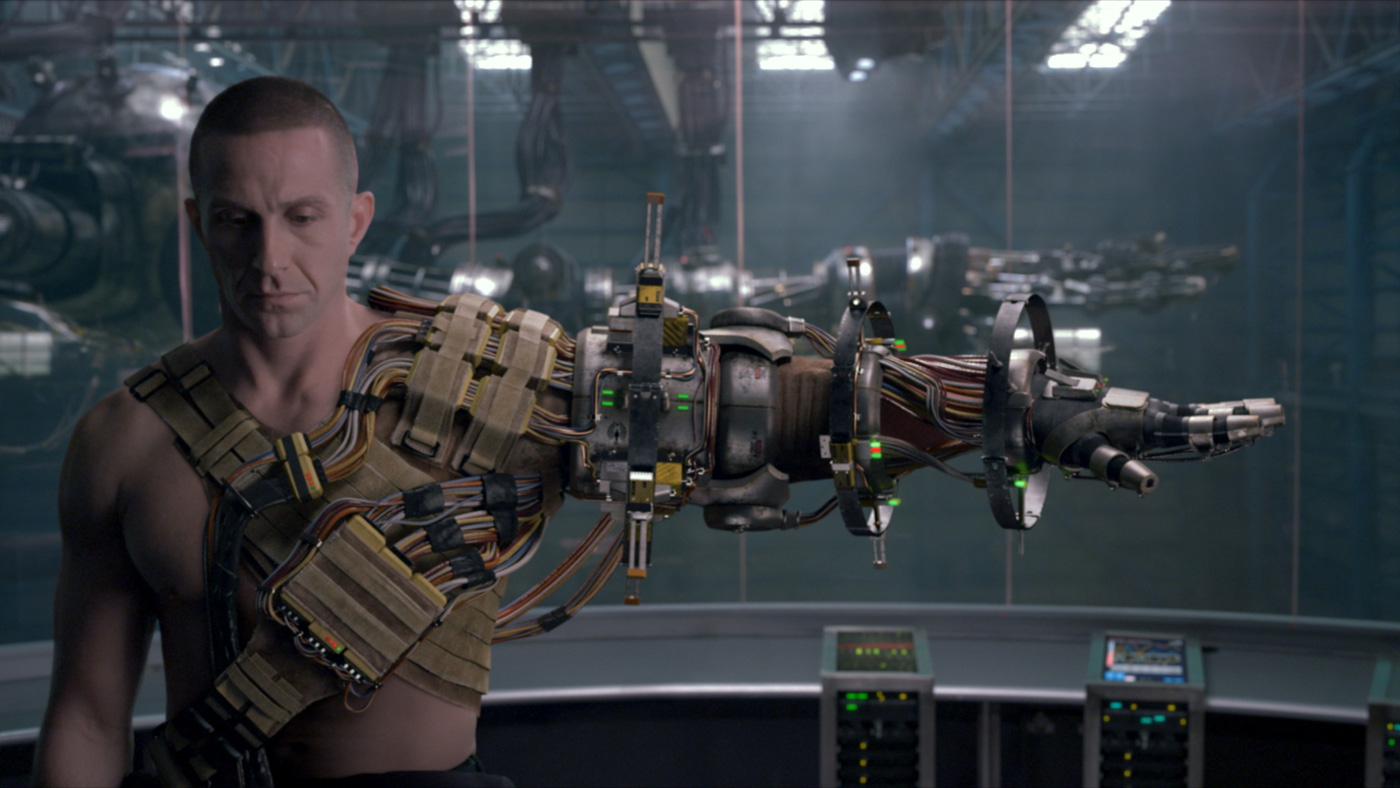
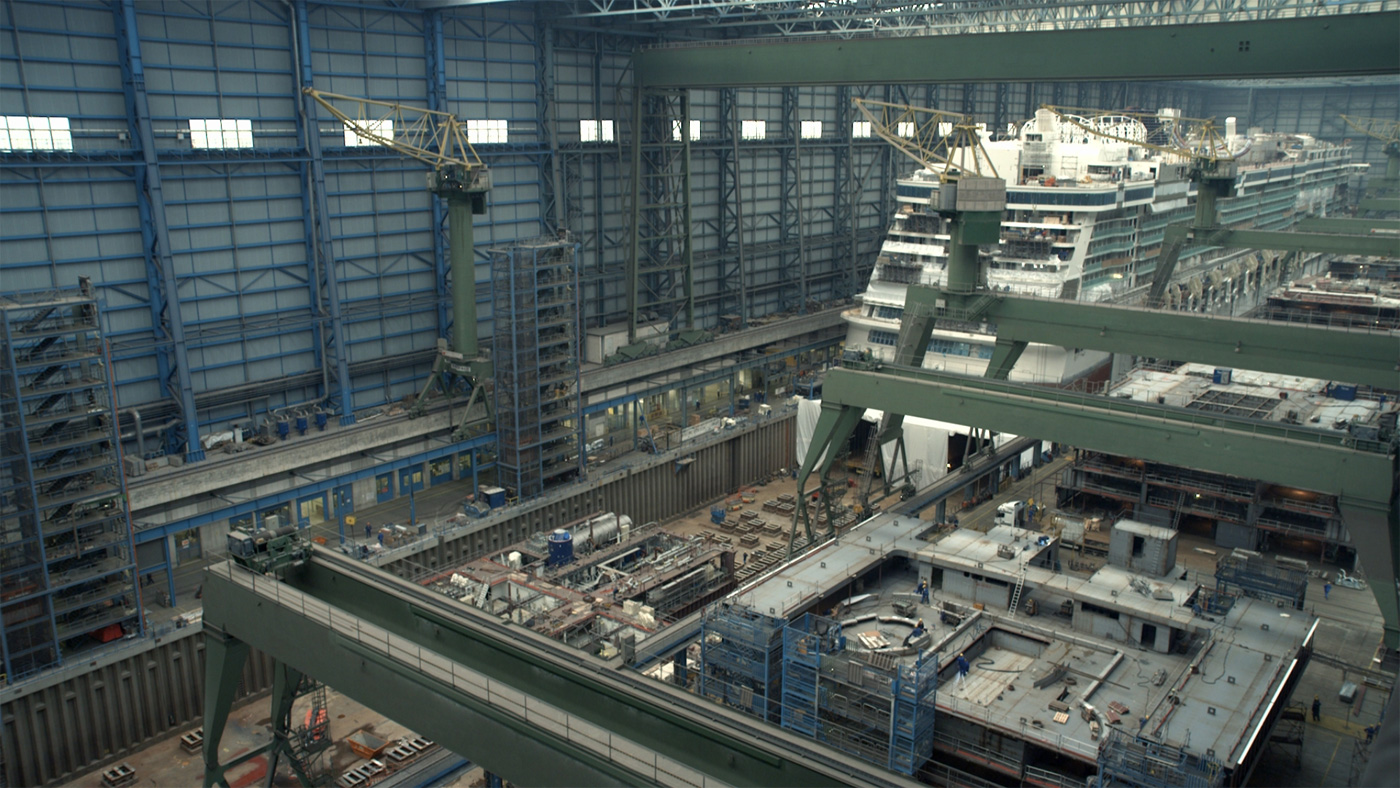

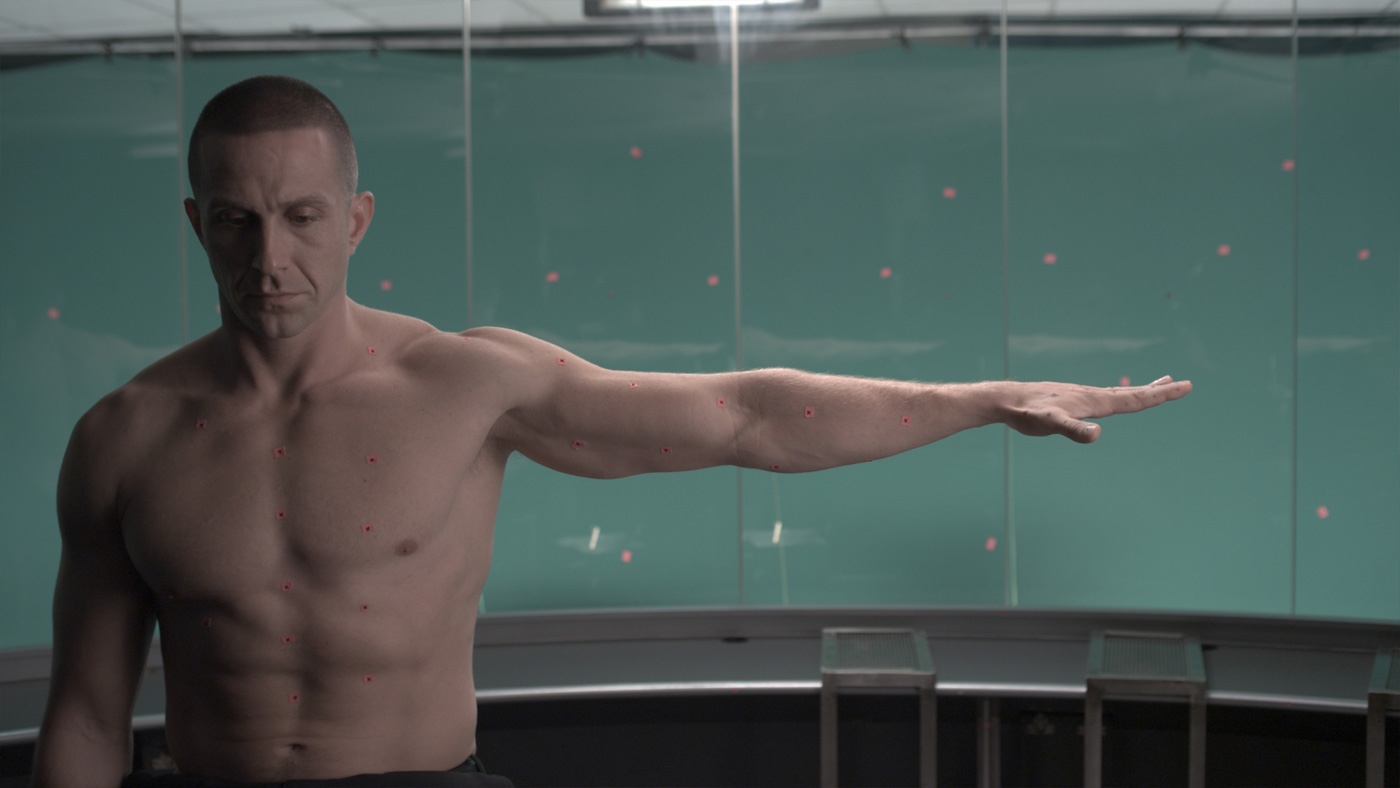
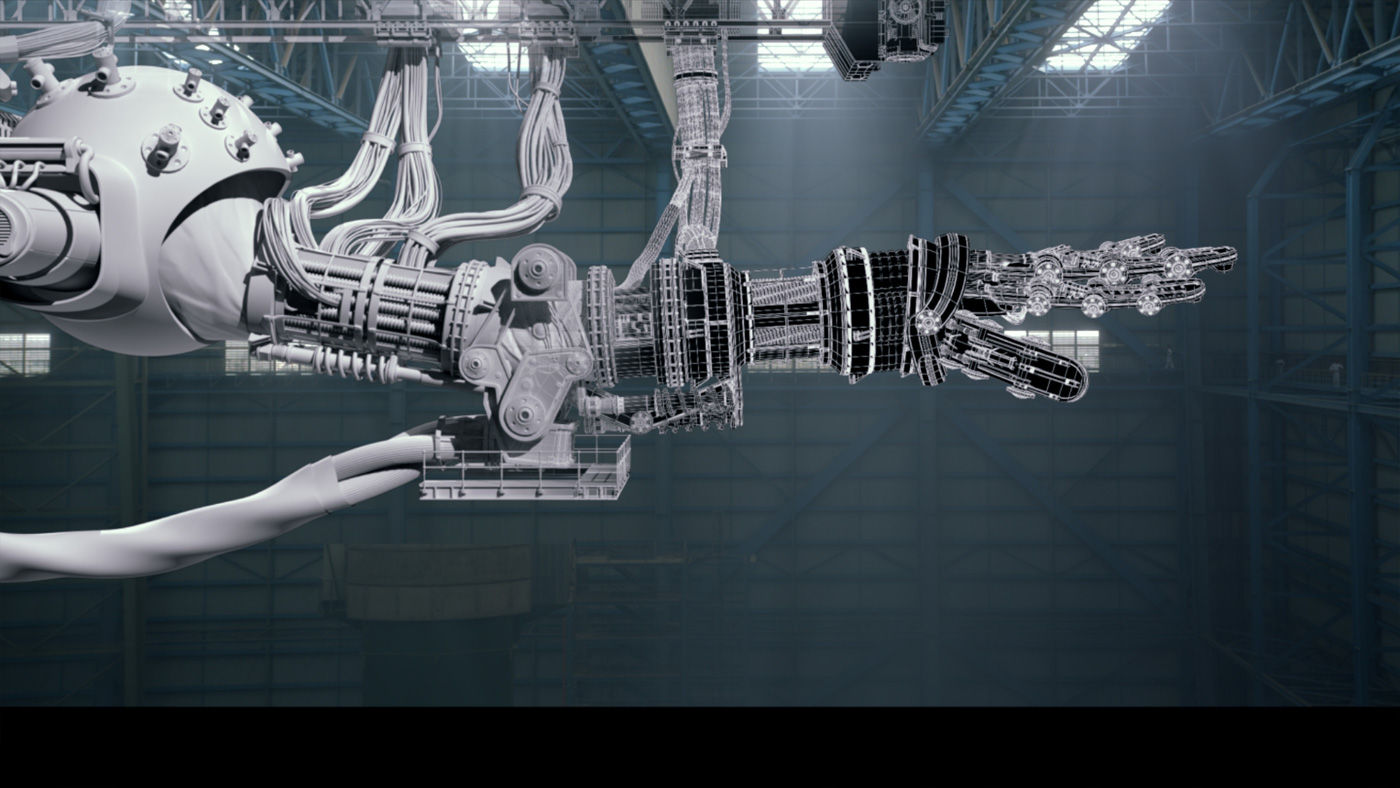
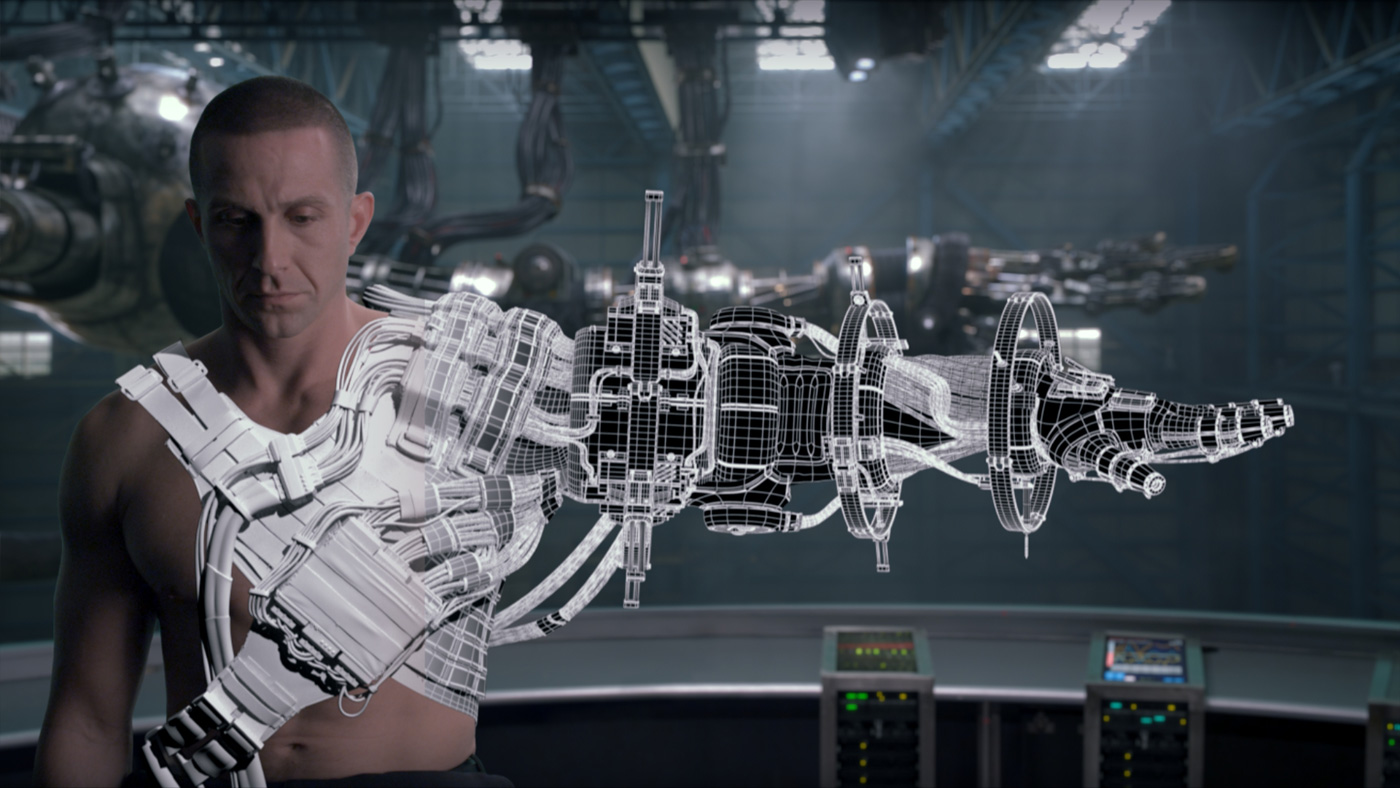

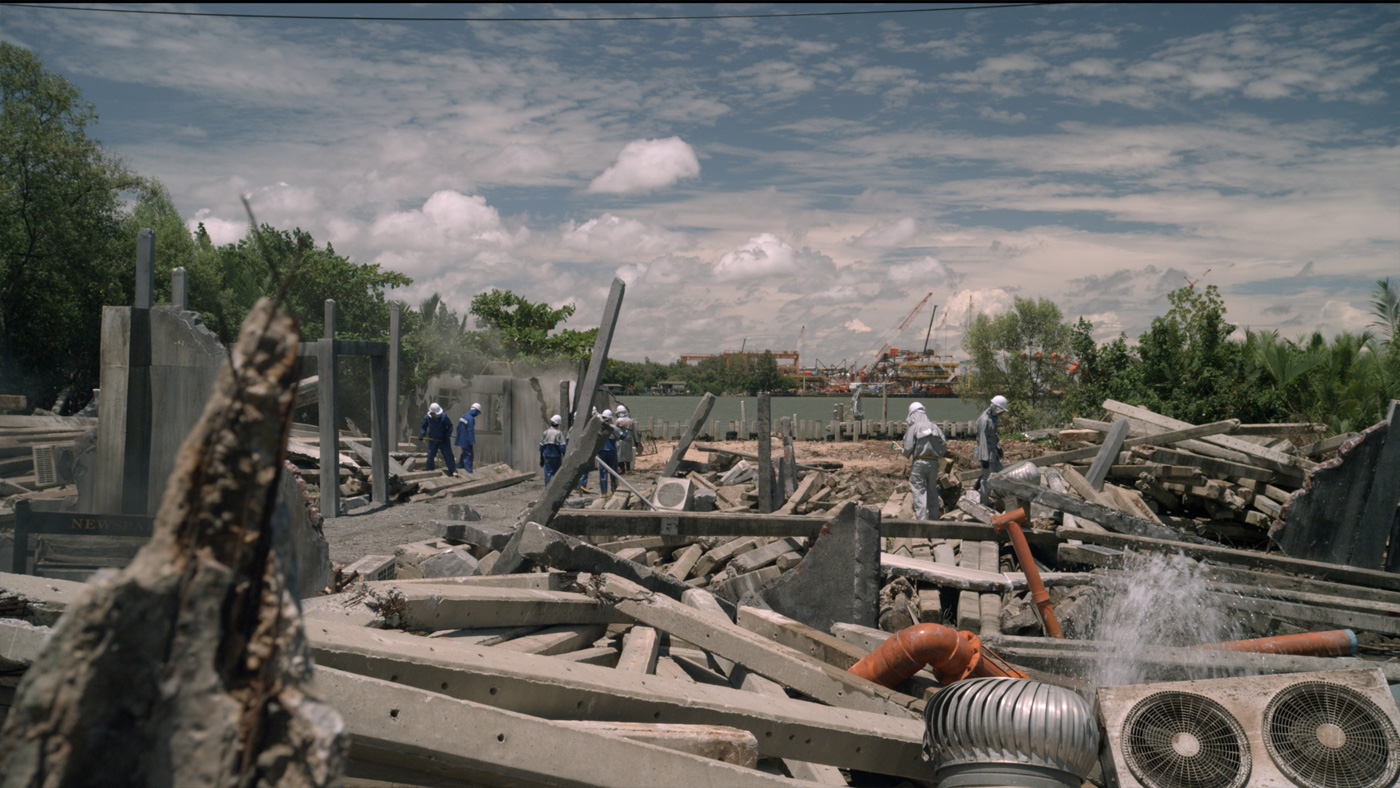
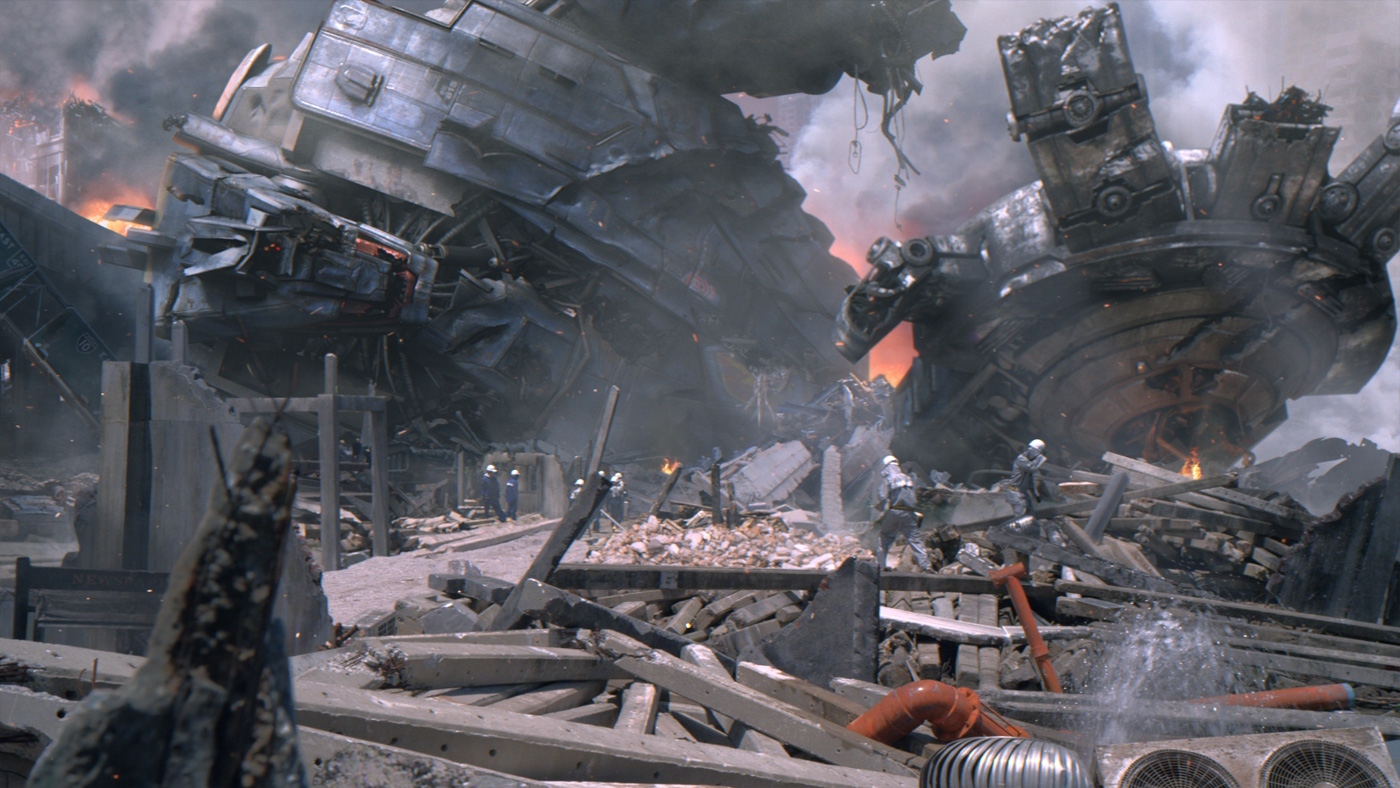





Hi Zach . . . I’m a long time old friend of your mom’s, who sent this on to me . . . I am absolutely awed by what you and your team have been doing. MOST IMPRESSIVE!!! CONGRATULATIONS!!!!
Hi Zachary, I’m proud to say that your my nephew, keep up the good work!
Hey Zach, just saw the pre-views for Pacific Rim on the Netflix movie we are about to watch. I put it on my list of movies, availability unknown, so we shall wait patiently and watch for your name.